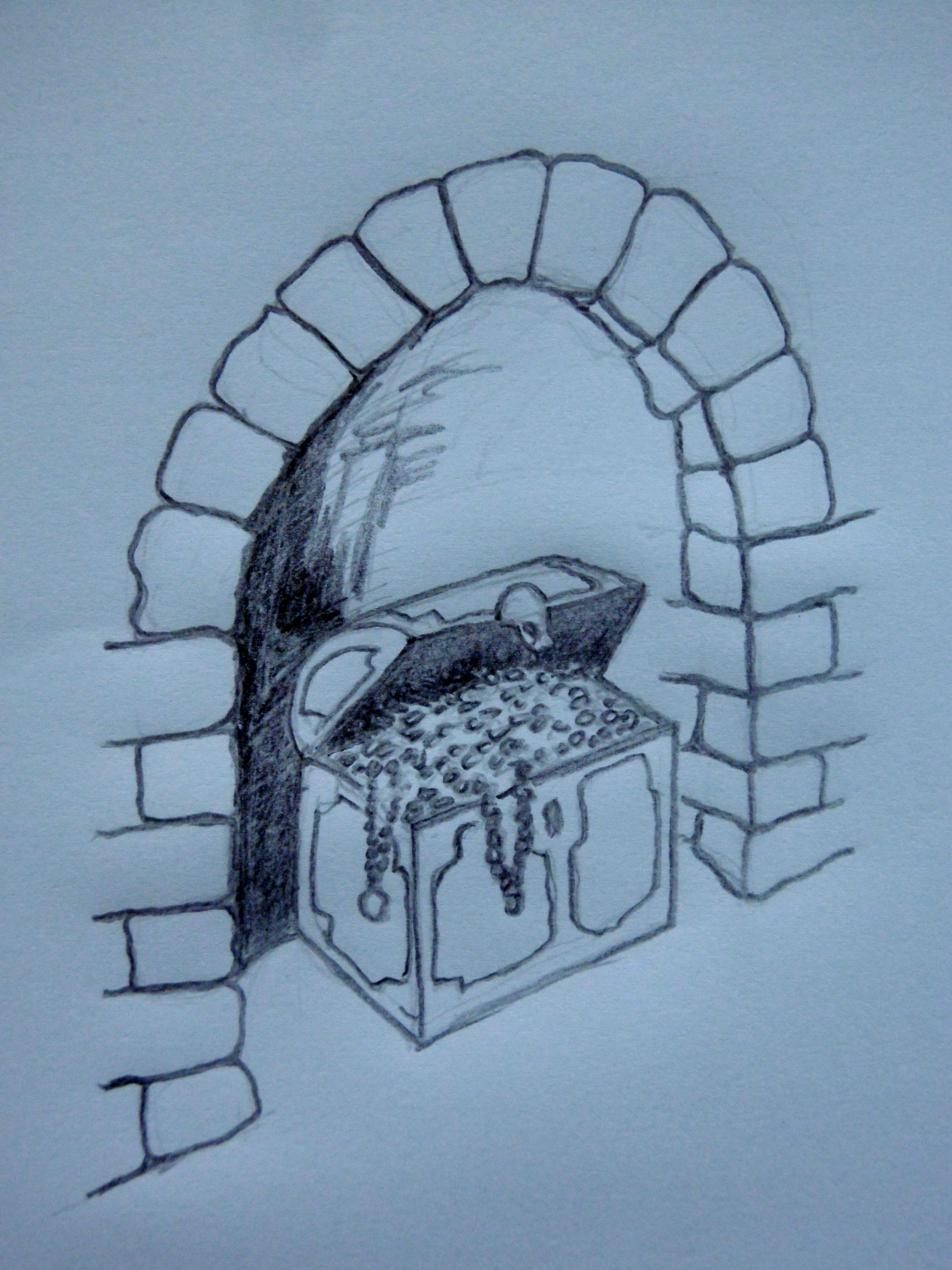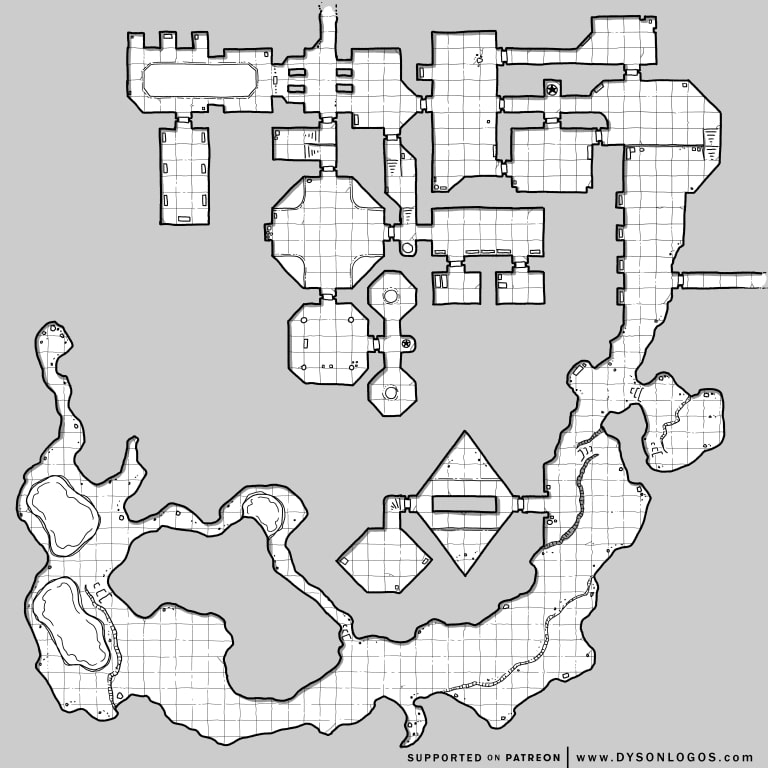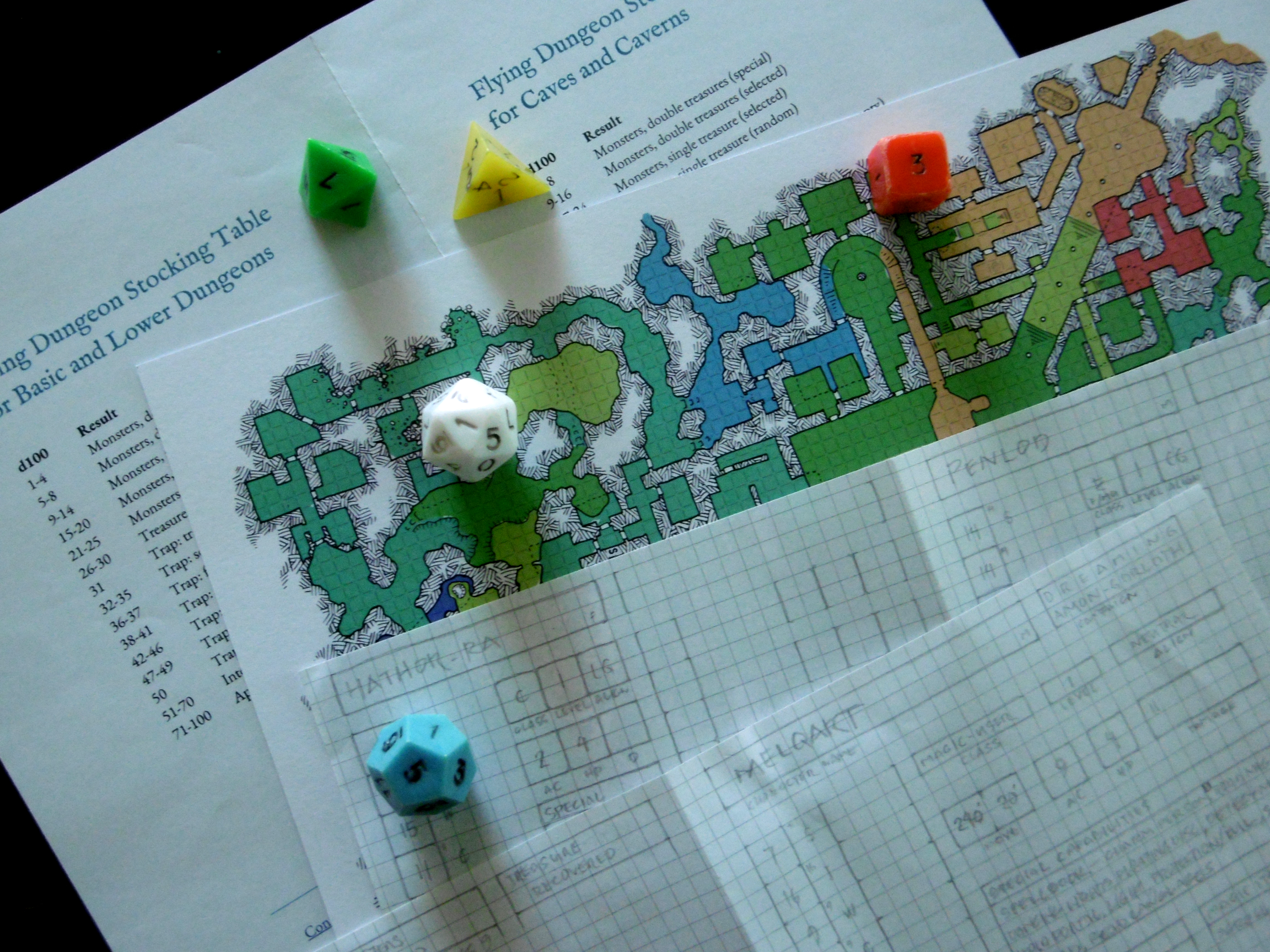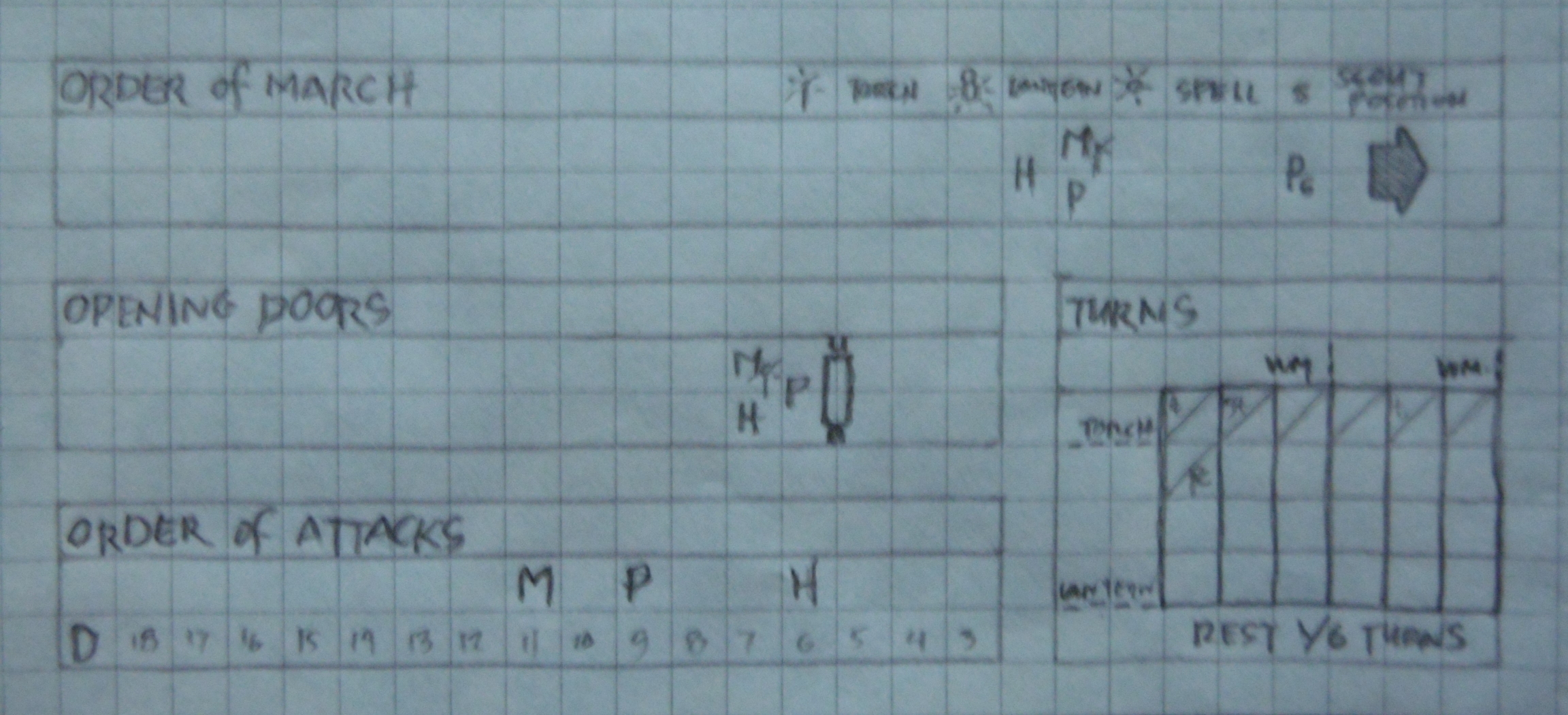Further Adventures with Kaytar
“There’s a chest in an alcove. It’s open, and it’s full of jewelry and gold and sparkling gems.”
“Kaytar draws his dagger and touches the chest with it.”
“The chest and the alcove disappear. Your dagger pokes into a brick wall.”
Following my first adventure, the neutral human fighter joined Kaytar in Garth’s dungeon. Garth, Jarrod, and I sat in folding chairs around the card table. Jarrod and I with our character sheets and pencils. Garth set the blue folder in front of him to hide the dungeon map. The denim bag spilled dice on his right.
We were walking down a narrow corridor, Kaytar at the front. I wasn’t sure what just happened, but when I got there, I saw the same chest in the alcove.
“I reach for a gem.”
“The chest disappears. There’s only a wall in front of you.”
Kaytar said, “It’s an illusion.”
“Maybe it’s an invisible wall,” I said. “We could only see through it for a minute. The treasure is there, we just have to tear down the wall.”
“No,” said Kaytar, “it’s a trick to take up time.” Rocks jostled for position in Jarrod’s mouth. “While we tear down the wall, monsters will come, and we won’t find the chest either.”
I really wanted to get that treasure. With the money, I could have bought a helmet and a warhorse and been a real knight. But Jarrod seemed sure of his assessment, so I let it go.

Later, Kaytar lost his dagger when he opened a door on a ten-foot square room. In the room was a powerful magnet that attracted any metal, including weapons and any suit of armor a neutral human fighter might be wearing. Kaytar closed the door and warned me against opening it. I didn’t argue that time.
After that we avoided a thing Garth called a “sludge monster.” Although I didn’t understand quite what it was, Garth seemed to think the name was description enough.
Then we went into a room with an archway inside it. Jarrod’s eyes lit up when Garth described it: “The archway is standing by itself on top of a dais in the center of the chamber.”
I said, “What’s a day-ess?”
“It’s a raised platform,” said Garth. “Three steps go up on one side.”
“Kaytar goes up the steps.”
Taken by Jarrod’s excitement, I sat up in my chair. “Me too.”
Kaytar turned to look at me, his eyes blurry through Jarrod’s glasses. “Be careful,” he said. “We don’t know what it does. Don’t touch anything.”
I don’t remember much about what happened next. Kaytar examined the archway up and down. He might have read some magic writing carved into the keystone. I didn’t touch anything.
Next thing I knew Garth said: “There’s a bright flash of light, and you’re teleported to the lowest level of the dungeon.”
He thumbed through a few leaves in the blue folder. Withdrawing the bottom sheet, he said, “Let’s see what room you wind up in.”
Garth rolled a dice and looked at the dungeon map. “Man, you’re in a room with a black dragon.”
I imagined a dragon, black scales glistening, crouched under a low ceiling.
Garth, lips pursed, looked at Jarrod.
Jarrod blinked. “Kaytar wants to talk to it.”
“The dragon doesn’t speak common.” Garth closed the blue folder. “There’s no way you’re going to survive this encounter.”
In a game where you can do anything you want, there’s always something to do. And when there’s only one thing you can think of to do, you realize it’s something you have to do—even if the possibility of success is remote.
“I want to fight it.”
“You can’t win a fight with a dragon.”
“I don’t care. I want to fight it.”
“You can’t fight it,” he said, exasperated. “You’re trapped under the dragon’s foot!”
Forty years on I still wonder, if we had just taken the time to tear down the invisible wall, we could have got that chest full of treasure…


